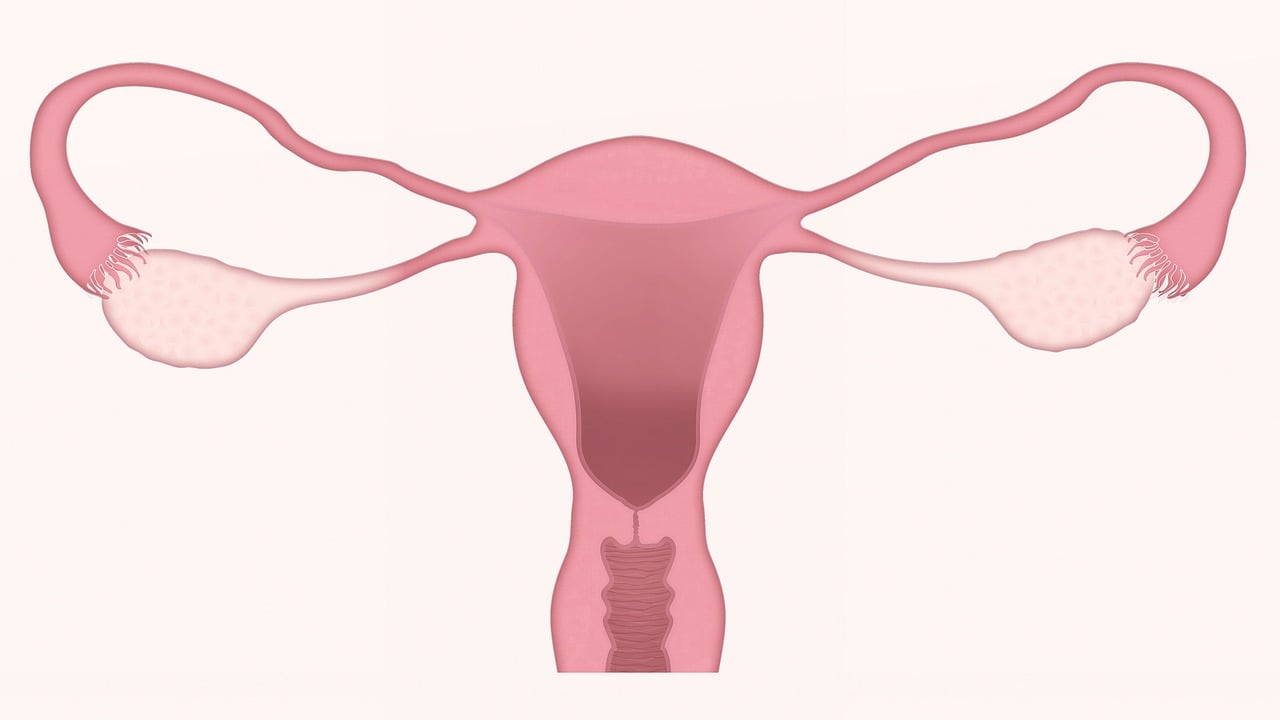Three Polish centres are taking part in a clinical trial that has just been launched, targeting women with BRCA1 and BRCA2 gene mutations, the Prof. K.Gibiński University Clinical Centre of the Silesian Medical University in Katowice has announced.
The TUBA-WISP II study is expected to answer the question of whether removal of the ovaries and fallopian tubes is necessary to protect against the risk of ovarian and breast cancer, or whether removal of the fallopian tubes alone is sufficient. The researchers will test whether the risk of ovarian cancer is equally low with both methods.
Women with a mutation in the BRCA 1 and BRCA2 genes have a huge risk of developing ovarian and breast cancer, reaching more than 90 per cent, while the risk for those without the mutation is less than 10 per cent. The standard treatment is to remove the breasts and the ovaries and fallopian tubes between the ages of 35 and 40 for BRCA1 mutation carriers and between 40 and 45 for BRCA2 mutation carriers.
In addition to the UCK in Katowice, Poland is also represented in the international survey by the National Institute of Oncology Branch in Gliwice and the Pomeranian Hospitals Ltd. which groups together four institutions in Pomerania.
Removal of the fallopian tubes and ovaries significantly reduces the risk of ovarian cancer in BRCA1 and BRCA2 carriers. However, the disadvantage of prophylactic surgery in which the ovaries are removed is early menopause. While naturally women go through menopause at around 50-51 years of age, when the ovaries are removed, the consequences of menopause occur immediately after the operation. Such early menopause can have negative short-term consequences (hot flashes, night sweats, sleep problems and less interest in sex) and long-term consequences (possibly increased risk of early osteoporosis, cardiovascular disease and dementia).
Source: cowzdrowiu.pl

